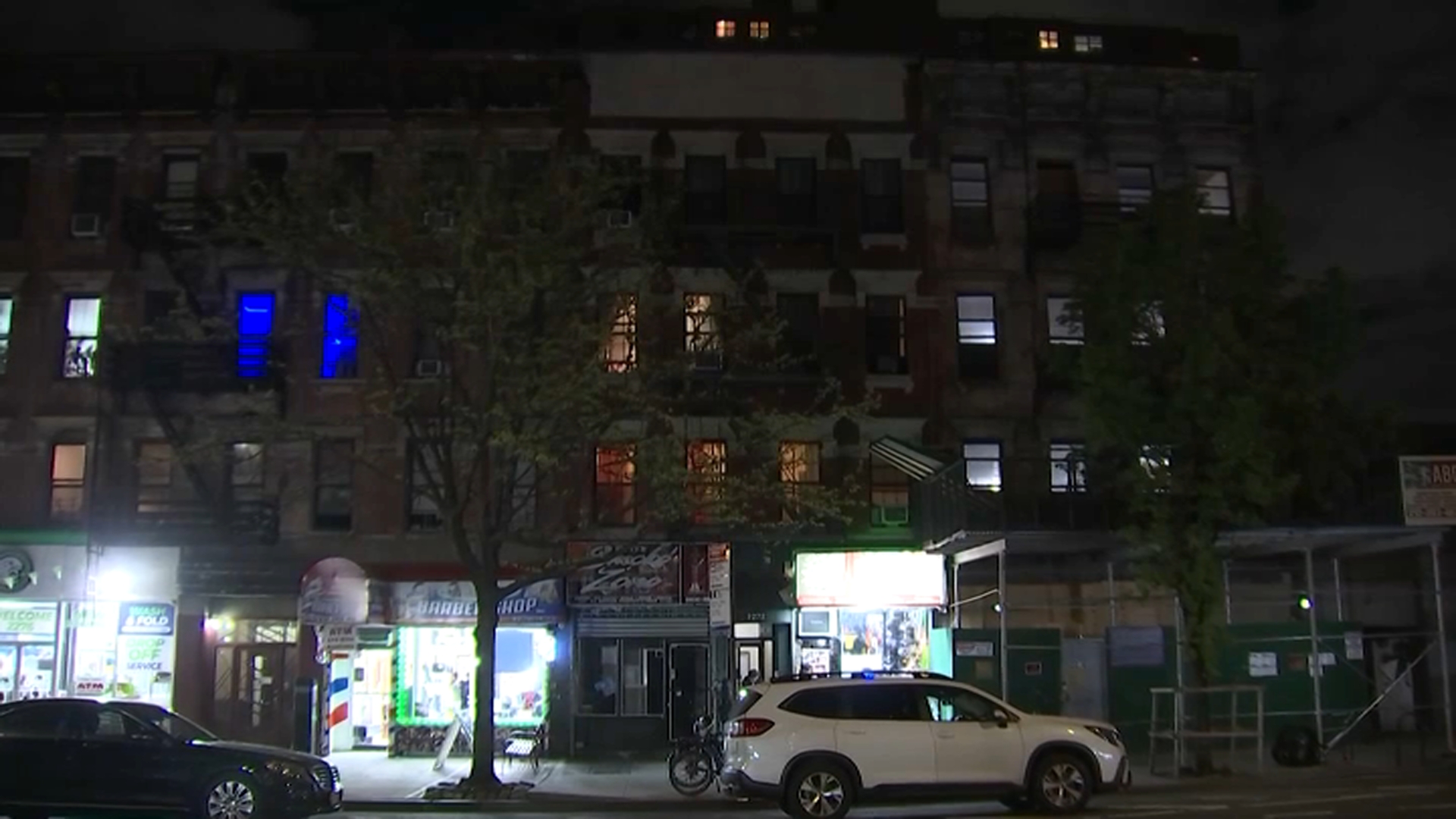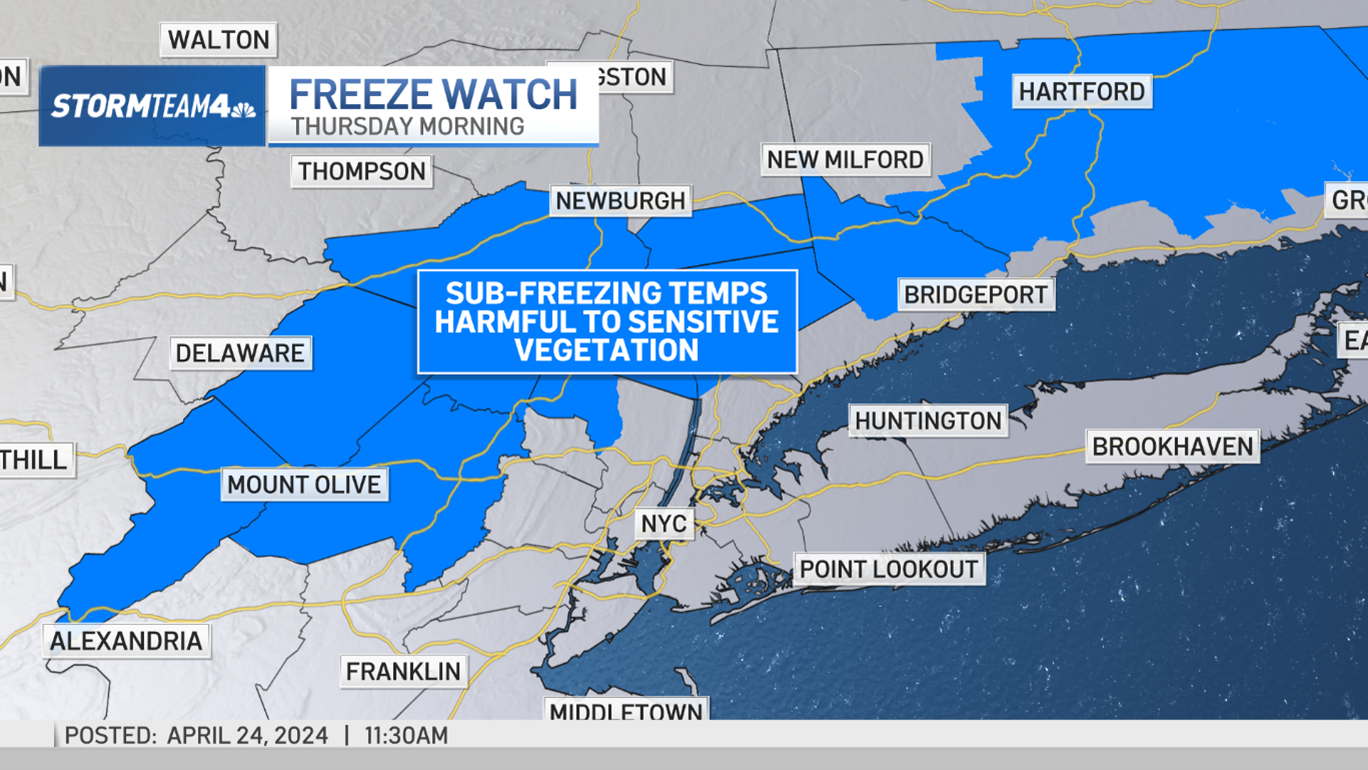When Alzheimer's patients wander and get lost, the fear can be overwhelming for their families.
Rick Cashman of Babylon on Long Island recalled how a simple trip to the bank turned into a nightmare when his wife Beverly said she would wait in the car -- and then was gone by the time he returned.
He said he immediately thought the worst: "That she will be lost, never found, or something tragic would happen like getting hit by a car."
The Alzheimer's Association, a nonprofit advocacy organization, says six out of 10 people diagnosed with the disease wander at some point. More than 90 percent of those people are found within a mile and a half of where they were last seen.
After 45 minutes of searching and a call to police, Beverly Cashman was found by a friend about a mile and a half from the bank, crossing a busy street.
Police say that more than 30,000 people suffer from Alzheimer's in Nassau County alone.
"They might visit a certain museum, a convenience store, a specific park," said detective Lt. Louis Monteleone of the Nassau Police Missing Persons Unit. "We are going to get officers ready to search these locations."
Local
Alzheimer's Association spokeswoman Kelsey LaPorte added: "(Researchers) say by 2050, the number of people diagnosed with Alzheimer's is going to triple."
With the number on the rise, Nassau County has launched Project Lifesaver, which allows police to track patients who wear a locating device. Once alerted about the missing person, police would look up the person's individual frequency and set it on their frequency, according to Lt. Adam Scheiner of Nassau Police ESU.
The I-Team tested the bracelet by going into the woods, with no clear direction. Within 10 minutes, the radar identified the signal pointing police to the I-Team's location.
In New York City, searching is more complicated. The NYPD says they create a parameter to break down a search area into a grid, and then taking police to the complex transit network or by the water.
Robert Koester, who has traveled the world to find missing people and has trained search crews to do the same, said the fatality rate for dementia cases is twice that of lost children.
"There's a loss of peripheral vision so that's all you're going to see," said Koester. "A lot of people with dementia are actually looking down at the ground."
Police and experts urge loved ones to takes a photo of the patient and register it with their local department; having a photo on file saves time once a search is initiated. Nassau County's REACH program uses those photos to immediately alert police to the missing person.
"Without REACH, it could be 25 to 30 minutes before you can get a picture to a cop car," said detective Sgt. Patrick Ryder. "With the REACH program, it can be done in minutes to every single car and the media if needed."
Patients can wear a tracker, but it they're too expensive, they can get a bracelet with their information engraved.
That's what Beverly Cashman is now doing, in case she gets lost again. Her husband has also added new bolts to all of his doors to prevent her from leaving as he learns to live with her condition.
"I am trying to make her the best quality of life that I can while she's still with us," Cashman said.



